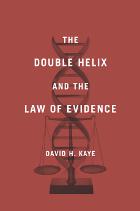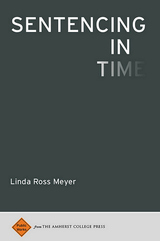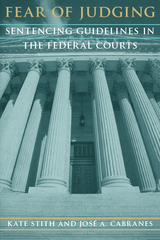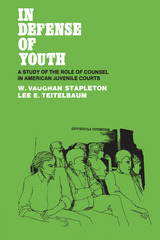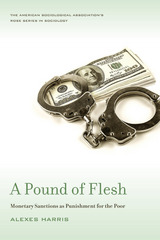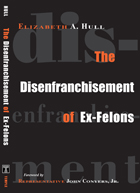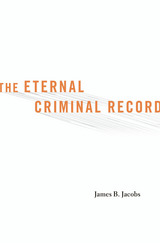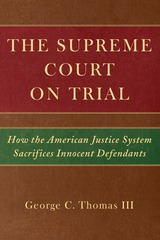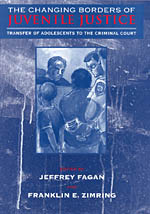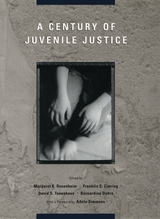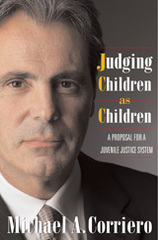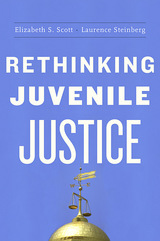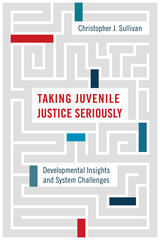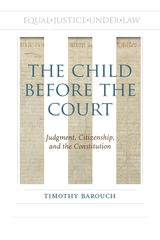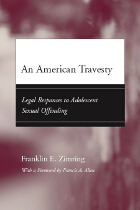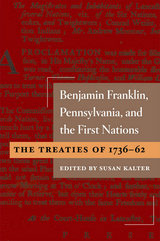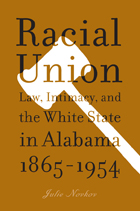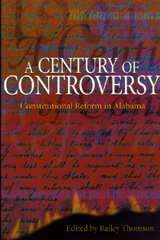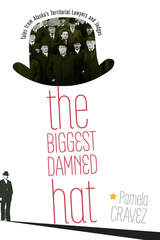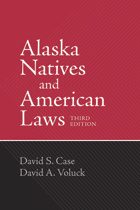The Changing Borders of Juvenile Justice: Transfer of Adolescents to the Criminal Court
University of Chicago Press, 2000
Cloth: 978-0-226-23380-2
Library of Congress Classification KF9779.C435 2000
Dewey Decimal Classification 364.360973
Cloth: 978-0-226-23380-2
Library of Congress Classification KF9779.C435 2000
Dewey Decimal Classification 364.360973
ABOUT THIS BOOK | TOC
ABOUT THIS BOOK
Since the 1960s, recurring cycles of political activism over youth crime have motivated efforts to remove adolescents from the juvenile court. Periodic surges of crime—youth violence in the 1970s, the spread of gangs in the 1980s, and more recently, epidemic gun violence and drug-related crime—have spurred laws and policies aimed at narrowing the reach of the juvenile court. Despite declining juvenile crime rates, every state in the country has increased the number of youths tried and punished as adults.
Research in this area has not kept pace with these legislative developments. There has never been a detailed, sociolegal analytic book devoted to this topic. In this important collection, researchers discuss policy, substantive procedural and empirical dimensions of waivers, and where the boundaries of the courts lie. Part 1 provides an overview of the origins and development of law and contemporary policy on the jurisdiction of adolescents. Part 2 examines the effects of jurisdictional shifts. Part 3 offers valuable insight into the developmental and psychological aspects of current and future reforms.
Contributors: Donna Bishop, Richard Bonnie, M. A. Bortner, Elizabeth Cauffman, Linda Frost Clausel, Robert O. Dawson, Jeffrey Fagan, Barry Feld, Charles Frazier, Thomas Grisso, Darnell Hawkins, James C. Howell, Akiva Liberman, Richard Redding, Simon Singer, Laurence Steinberg, David Tanenhaus, Marjorie Zatz, and Franklin E. Zimring
Research in this area has not kept pace with these legislative developments. There has never been a detailed, sociolegal analytic book devoted to this topic. In this important collection, researchers discuss policy, substantive procedural and empirical dimensions of waivers, and where the boundaries of the courts lie. Part 1 provides an overview of the origins and development of law and contemporary policy on the jurisdiction of adolescents. Part 2 examines the effects of jurisdictional shifts. Part 3 offers valuable insight into the developmental and psychological aspects of current and future reforms.
Contributors: Donna Bishop, Richard Bonnie, M. A. Bortner, Elizabeth Cauffman, Linda Frost Clausel, Robert O. Dawson, Jeffrey Fagan, Barry Feld, Charles Frazier, Thomas Grisso, Darnell Hawkins, James C. Howell, Akiva Liberman, Richard Redding, Simon Singer, Laurence Steinberg, David Tanenhaus, Marjorie Zatz, and Franklin E. Zimring
See other books on: Adolescence | Criminal Procedure | Juvenile justice, Administration of | Life Stages | Zimring, Franklin E.
See other titles from University of Chicago Press

